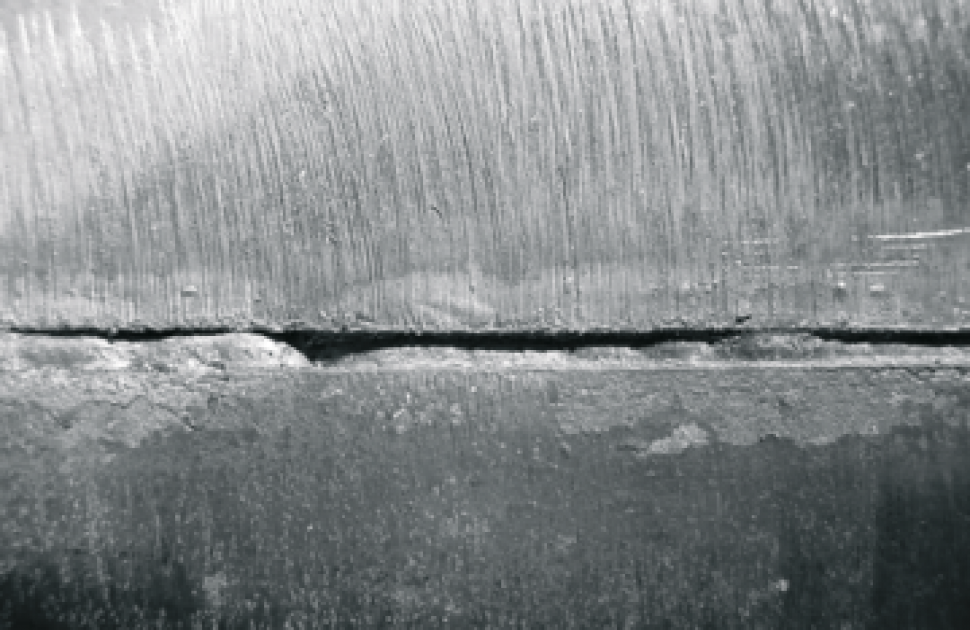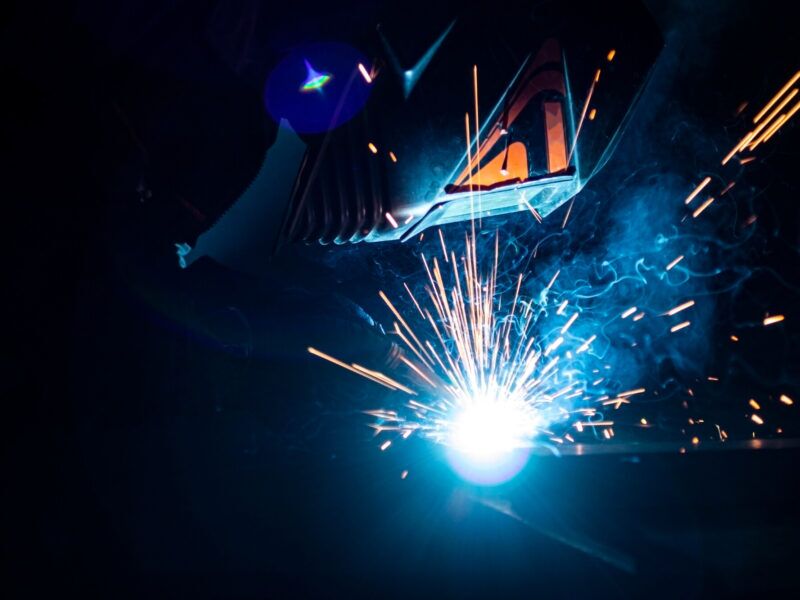Preventing Weld Undercut Demystified: Techniques for Success
Preventing Weld Undercut Demystified: Techniques for Success
Blog Article
Vital Tips for Welders: Preventing Undercut Welding and Ensuring Stronger Weld Joints
In the world of welding, accomplishing solid and resilient weld joints is the cornerstone of creating top notch work. One typical obstacle that welders typically run into is undercut welding, which can jeopardize the integrity of the weld joint. By understanding the factors that contribute to damaging and implementing the right techniques and precautions, welders can properly avoid this issue and make certain the long life and strength of their welds. Let's explore some vital pointers that can help welders navigate this obstacle and boost the quality of their welding tasks.

Recognizing Undercut Welding
Undercut welding is an usual welding issue that happens when the weld steel falls short to properly fill up the groove and results in a groove-like clinical depression along the weld bead. This defect compromises the weld joint, making it susceptible to cracking and failure under stress. Damaging can be triggered by numerous aspects, including excessive welding existing, high welding speed, improper electrode angle, inaccurate electrode dimension, and inadequate welding method.
One of the main reasons for undercut welding is an imbalance between the welding present and the welding rate. If the welding current is expensive or the welding speed is also fast, the weld steel may not effectively fill up the groove, causing damaging. Additionally, making use of an electrode that is as well large can lead to a similar result, as the excess metal can not effectively stream into the groove.
To prevent undercut welding, welders must ensure they are making use of the proper welding parameters, maintain an appropriate electrode angle, choose the suitable electrode size, and practice appropriate welding techniques. By dealing with these elements, welders can reduce the danger of damaging and produce more powerful, extra reputable weld joints.
Appropriate Welding Method
Effective welding method plays an essential role in making certain the top quality and stability of weld joints. Appropriate welding method includes a combination of adherence, accuracy, and skill to finest methods. One fundamental element of correct welding technique is maintaining the correct angle and range in between the welding gun and the workpiece. Welders must additionally pay attention to the traveling speed and warm input to avoid concerns like damaging, porosity, or incomplete combination.
Furthermore, a constant and stable hand motion is essential for creating solid and long lasting weld joints. Welders ought to go for smooth, uniform movements to make certain even circulation of the weld material. Proper manipulation of the welding gun and filler product is also essential to accomplishing optimum penetration and combination.
In addition, controlling the warm input and picking the proper welding specifications based on the material being welded are vital aspects in accomplishing high-quality welds - Preventing weld undercut. Welders ought to comply with the suggested settings given by Continued welding procedure specifications and readjust them as required based on the particular demands of the job. By mastering proper welding techniques, welders can considerably improve the toughness and dependability of their weld joints
Choosing the Right Electrode
When considering the importance of choosing the ideal electrode in welding applications,Preserving the proper angle and range in between the welding gun and the work surface is fundamental. The option of electrode plays a critical role in identifying the top quality and toughness of the weld joint. Electrodes can be found in numerous kinds, each developed for particular functions and materials.
To start with, picking the ideal electrode size is vital. Thinner electrodes appropriate for welding slim products, while thicker electrodes are better for thicker products and higher warmth applications. Matching the electrode size to the thickness of the work surface aids attain a well balanced weld.
Second of all, understanding the product structure of the electrode is vital. Various electrodes are made for welding details products like steel, stainless steel, light weight aluminum, or cast iron. Utilizing the correct electrode product ensures excellent combination and reduces the threat of defects in the weld.
Lastly, taking into consideration the welding position and technique is important when picking the electrode kind. Certain electrodes are much better fit for upright or above welding placements, while others function well for level or horizontal settings. Choosing the appropriate electrode based on the welding method enhances the overall weld quality and stability.
Preparing the Base Steel
To make certain an effective welding process, what preliminary actions should be taken when preparing the base steel for welding? In addition, any kind of existing weld product or residue from previous welding must be removed to guarantee a tidy surface for the new weld.

Conducting Post-Weld Inspections

After performing these assessments, welders have to contrast the results versus market criteria and task needs to ensure that the weld joint satisfies all needed standards. Any kind of inadequacies or variances uncovered during the post-weld examination needs to be without delay addressed through suitable restorative procedures to assure the weld's honesty. By vigilantly performing post-weld inspections and immediately attending to any problems, welders can maintain the top quality and dependability of their work, ultimately adding to the safety and security and longevity of the welded frameworks.
Final Thought

In conclusion, stopping undercut welding and making certain more powerful weld joints require a combination of appropriate welding strategy, choosing the right electrode, preparing the base steel correctly, and conducting post-weld examinations. click here to find out more By understanding the reasons for undercut welding and applying the needed precautions, welders can create top notch weld joints that fulfill sector standards and make sure the structural stability of the bonded components.
Undercut welding is a common welding issue that happens when the weld metal falls short to properly load the groove and results in a groove-like depression along the weld grain (Preventing weld undercut). Undercutting can be triggered by different aspects, including extreme welding current, high welding rate, improper electrode angle, wrong electrode dimension, and poor welding technique
One of the primary reasons for undercut welding is an imbalance in between the welding current and the welding rate. If the welding current is also high or the welding rate is as well quick, the weld steel might not appropriately fill the groove, leading to damaging.Keeping the right angle and distance between the welding weapon and the workpiece is fundamental when taking into consideration the value of selecting the appropriate electrode in welding applications.
Report this page